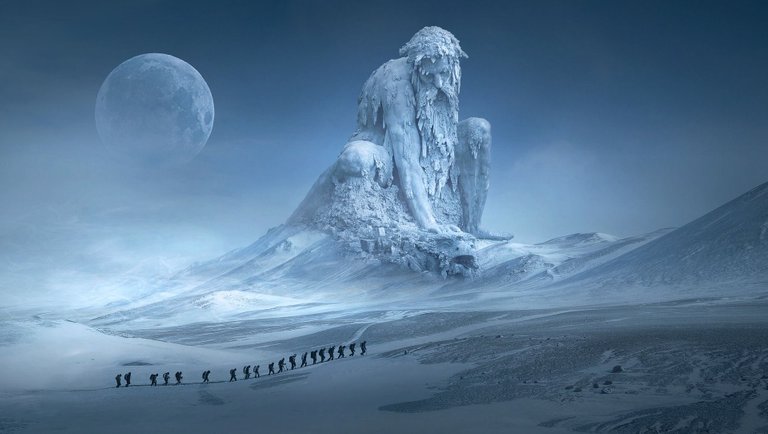New Lowest Temperature Record
Take Bose-Einstein condensate made from 100,000 rubidium atoms. Put them into a magnetic trap in a vacuum chamber. Then take all that on top of the research tower Fallturm Bremen and thrown it down. Repeatedly turn off and turn on the magnetic trap during the fall. And BAM! A new world record low temperature is born.

Image by Stefan Keller from Pixabay
- Be also sure to check out my other posts and follow me @kralizec and subscribe to my Youtube channel at Kralizec Gaming Youtube Channel
Minus two-hundred seventy-three point fifteen (-273.15) degrees Celsius or zero degree Kelvin. The lowest possible temperature when no heat, no energy is present at all. All atoms absolutely stop moving. But this temperature is only theoretical as similar to the speed of light it can never be achieved.
And scientists seem to respect this fact. Yet, at the same time, they are trying to come as close to absolute zero as possible. And they have achieved incredible things in this regard. Just a few years ago a team from Harvard studied the coldest chemical reaction ever at just 500 nanokelvins. And onboard the ISS the fascinating Cold Atom Lab can be found where experiments at just 100 nanokelvins are being run.
Nonetheless, these quite cool temperatures have been beaten by German scientists from the QUANTUS 2 project at the Universität Bremen who managed to achieve a temperature of just 38 pikokelvin in their incredible experiment.
How did they do it? First, they created a cloud of roughly 100,000 atoms of rubidium that was caught in a magnetic field inside a vacuum chamber. Then they froze this cloud to create the popular Bose-Einstein condensate – the strange state of matter in form of quantum gas when all atoms behave as a single atom.
But that wasn’t enough for the QUANTUS 2 team. They took the Bose-Einstein condensate and threw it from the 120 meter tall Fallturm Bremen tower that is part of the Zentrum für angewandte Raumfahrttechnologie und Mikrogravitation (ZARM) at the Universität Bremen. Scientists there like to entertain themselves by letting things fall and studying them. When the QUANTUS 2 team threw the Bose-Einstein condensate from the tower they repeatedly engaged and disengaged the magnetic field.
What they found out is that when the magnetic field was disengaged the Bose-Einstein condensate expanded. After turning the field on it started to shrink. This allowed the scientists to reduce the movement of the atoms to achieve the record-breaking low temperature.
Sources:
- If you like the content I’m producing about science maybe you will like the content I produce about gaming as well! Be sure to check out my other posts!